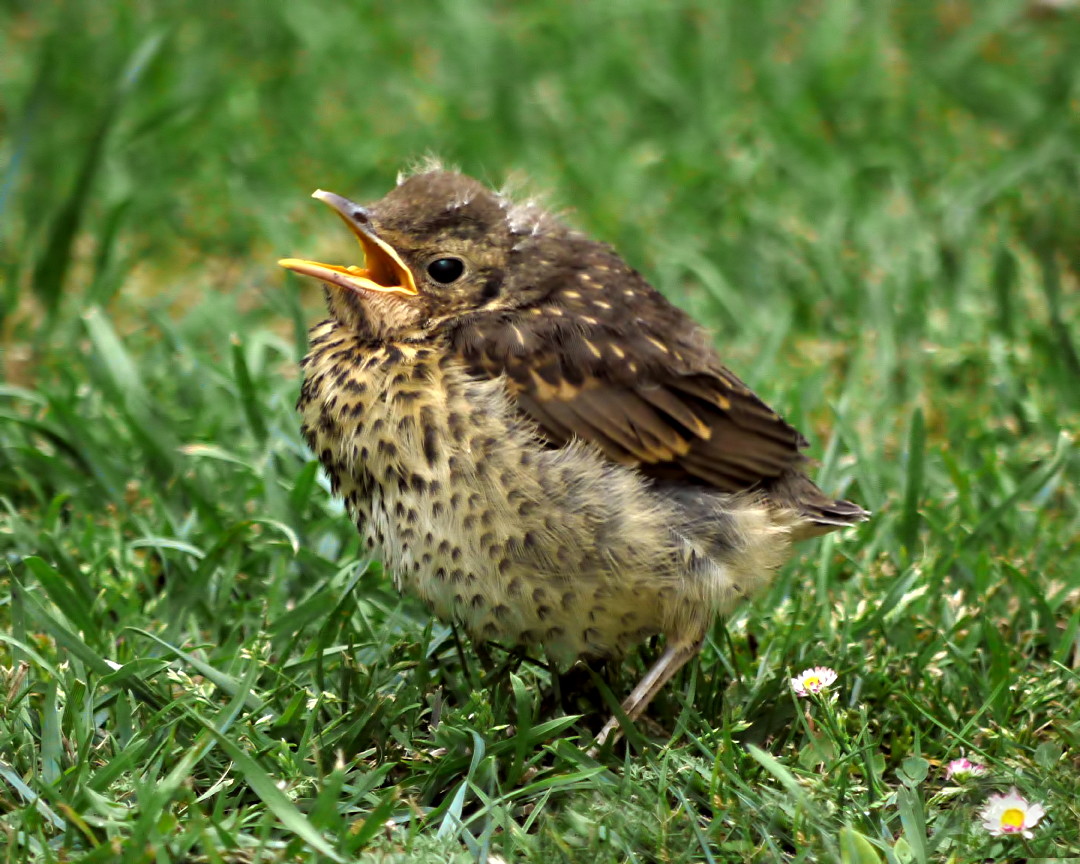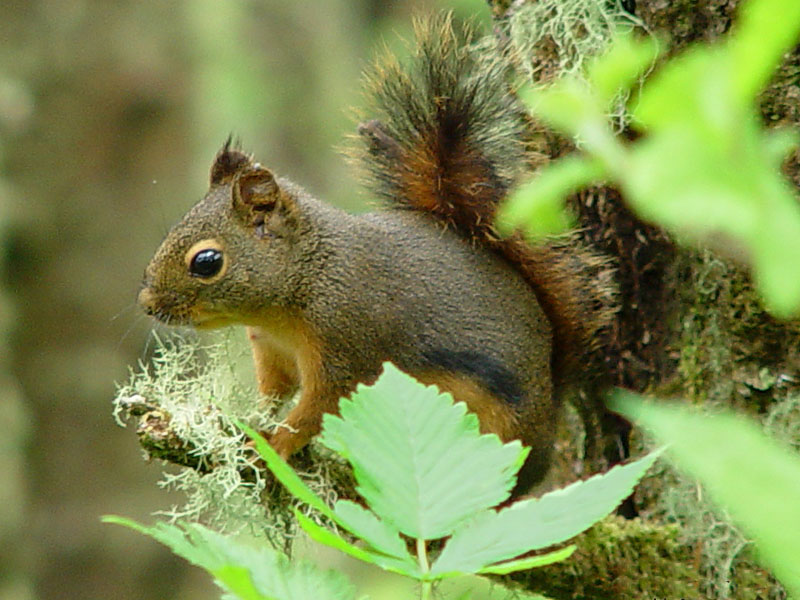|
Lancot Meadow
Lancot Meadow is a nature reserve in western Dunstable in Bedfordshire. It is managed by the Wildlife Trust for Bedfordshire, Cambridgeshire and Northamptonshire The Wildlife Trust for Bedfordshire, Cambridgeshire and Northamptonshire (WTBCN) is a registered charity which manages 126 nature reserves covering . It has over 35,000 members, and 95% of people in Bedfordshire, Cambridgeshire and Northamptonshi .... The site is a grassland remnant on chalk soil, and a remnant of flower-rich meadows in the area. Flora include common spotted-orchids, ox-eye daisies and bird's foot trefoils. There are fauna such as song thrushes and marbled white butterflies. Hedgerows provide and additional habitat. There is access from Badgers Gate. References {{Wildlife Trust for Bedfordshire, Cambridgeshire and Northamptonshire Nature reserves in Bedfordshire Wildlife Trust for Bedfordshire, Cambridgeshire and Northamptonshire reserves Meadows in Bedfordshire ... [...More Info...] [...Related Items...] OR: [Wikipedia] [Google] [Baidu] |
Dunstable
Dunstable ( ) is a market town and civil parish in Bedfordshire, England, east of the Chiltern Hills, north of London. There are several steep chalk escarpments, most noticeable when approaching Dunstable from the north. Dunstable is the fourth largest town in Bedfordshire and along with Houghton Regis forms the westernmost part of the Luton/Dunstable urban area. Etymology In Roman times there was a minor settlement called Durocobrivis in the area now occupied by modern-day Dunstable. There was a general assumption that the nominative form of the name had been Durocobrivae, so that is what appears on the map of 1944 illustrated below. But current thinking is that the form ''Durocobrivis'', which occurs in the Antonine Itinerary, is a fossilised locative that was used all the time and Ordnance Survey now uses this form. There are several theories concerning its modern name: *Legend tells that the lawlessness of the time was personified in a thief called Dun. Wishing to c ... [...More Info...] [...Related Items...] OR: [Wikipedia] [Google] [Baidu] |
Bedfordshire
Bedfordshire (; abbreviated ''Beds'') is a Ceremonial County, ceremonial county in the East of England. It is bordered by Northamptonshire to the north, Cambridgeshire to the north-east, Hertfordshire to the south and the south-east, and Buckinghamshire to the west. The largest settlement is Luton (225,262), and Bedford is the county town. The county has an area of and had a population of 704,736 at the 2021 census. ''plus'' ''plus'' Its other towns include Leighton Buzzard, Dunstable, Biggleswade, Houghton Regis, and Flitwick. Much of the county is rural. For Local government in England, local government purposes, Bedfordshire comprises three Unitary authorities of England, unitary authority areas: Borough of Bedford, Bedford, Central Bedfordshire, and Luton. The county's highest point is on Dunstable Downs in the Chilterns. History The first recorded use of the name in 1011 was "Bedanfordscir", meaning the shire or county of Bedford, which itself means "Beda's ford ... [...More Info...] [...Related Items...] OR: [Wikipedia] [Google] [Baidu] |
Wildlife Trust For Bedfordshire, Cambridgeshire And Northamptonshire
The Wildlife Trust for Bedfordshire, Cambridgeshire and Northamptonshire (WTBCN) is a registered charity which manages 126 nature reserves covering . It has over 35,000 members, and 95% of people in Bedfordshire, Cambridgeshire and Northamptonshire live within five miles of a reserve. As of 31 March 2016 it employed 105 people and had an income of £5.1 million. It aims to conserve wildlife, inspire people to take action for wildlife, offer advice and share knowledge. The WTBCN is one of 36 wildlife trusts covering England, and 46 covering the whole of the United Kingdom. In 1912 Charles Rothschild formed the Society for the Promotion of Nature Reserves to protect sites considered "worthy of preservation". The society worked to secure statutory protection, and this began with the National Parks and Access to the Countryside Act 1949. In 1959 the society took on a coordinating role for local wildlife trusts, which covered the whole of Britain and Northern Ireland by 1978. The ... [...More Info...] [...Related Items...] OR: [Wikipedia] [Google] [Baidu] |
Common Spotted-orchid
''Dactylorhiza maculata'' subsp. ''fuchsii'', the common spotted orchid, is a subspecies of flowering plant in the orchid family Orchidaceae. ''Dactylorhiza maculata'' subsp. ''fuchsii'' is one of Europe's most common wild orchids. It is widespread across much of Europe, with the range extending eastward into Siberia, Mongolia and Xinjiang. The species is also reportedly naturalised in the Canadian Province of Ontario. ''Dactylorhiza maculata'' subsp. ''fuchsii'' is a herbaceous perennial plant ranging from in height. The inflorescence is a dense-flowered spike, produced in June–August, that is at first conical then cylindrical. The flower colour can vary from white to pale purple with purple spots, a symmetrical pattern of dark purple loops or dots and dashes. The lip has three lobes. The bracts are usually shorter than the flower. The lip is smaller than that of the very similar ''Dactylorhiza maculata'' and has three deeper cuts. The middle lobe is more than half as large a ... [...More Info...] [...Related Items...] OR: [Wikipedia] [Google] [Baidu] |
Ox-eye Daisy
''Leucanthemum vulgare'', commonly known as the ox-eye daisy, oxeye daisy, dog daisy, marguerite (, "common marguerite") and other common names, is a widespread flowering plant native to Europe and the temperate regions of Asia, and an introduced plant to North America, Australia and New Zealand. Description ''L. vulgare'' is a Perennial plant, perennial Herbaceous plant, herb that grows to a height of and has a creeping underground rhizome. The lower parts of the stem are hairy, sometimes densely hairy but more or less wikt:glabrous, glabrous in the lower parts. The largest leaves are at the base of the plant and are long, about wide and have a Petiole (botany), petiole. These leaves have up to 15 teeth, or lobes or both on the edges. The leaves decrease in size up the stem, the upper leaves up to long, lack a petiole and are deeply toothed. The plant bears up to three "flowers" like those of a typical Asteraceae, daisy. Each is a "head" or Pseudanthium, capitulum wide. Eac ... [...More Info...] [...Related Items...] OR: [Wikipedia] [Google] [Baidu] |
Lotus Corniculatus
''Lotus corniculatus'' is a flowering plant in the pea family Fabaceae. Common names include common bird's-foot trefoil, eggs and bacon, birdsfoot deervetch, and just bird's-foot trefoil (a name also often applied to other ''Lotus'' spp.). It has a wide distribution and is a favored forage for livestock. Description It is a perennial herbaceous plant. The height of the plant is variable, from , occasionally more where supported by other plants; the stems can reach up to long. The name 'bird's foot' refers to the appearance of the seed pods on their stalk. Five leaflets are present, but with the central three held conspicuously above the others, hence the use of the name 'trefoil'. The flowers bloom from June to September and develop into small pea-like pods or legumes. The plant had many common English names in Britain, which are now mostly out of use. These names were often connected with the yellow and orange colour of the flowers, e.g. 'butter and eggs'. One name that is s ... [...More Info...] [...Related Items...] OR: [Wikipedia] [Google] [Baidu] |
Turdus Philomelos
The song thrush (''Turdus philomelos'') is a Thrush (bird), thrush that breeds across the West Palearctic. It has brown upper-parts and black-spotted cream or buff underparts and has four recognised subspecies. Its distinctive Birdsong, song, which has repeated musical phrases, has frequently been referred to in poetry. The song thrush breeds in forests, gardens and parks, and is partially bird migration, migratory with many birds wintering in southern Europe, North Africa and the Middle East; it has also been introduced into New Zealand and Australia. Although it is not threatened globally, there have been serious population declines in parts of Europe, possibly due to changes in farming practices. The song thrush builds a neat mud-lined bird nest#Cup, cup nest in a bush or tree and lays four to five dark-spotted blue bird egg, eggs. It is omnivorous and has the habit of using a favourite stone as an "anvil" on which to break open the shells of land snail, snails. Like other p ... [...More Info...] [...Related Items...] OR: [Wikipedia] [Google] [Baidu] |
Melanargia Galathea
''Melanargia galathea'', the marbled white, is a medium-sized butterfly in the family Nymphalidae. Despite its common name and appearance, this butterfly is one of the "browns", of the subfamily Satyrinae. This species can be found across most of Europe, southern Russia, Asia Minor and Iran. It is found in forest clearings and edges, meadows and steppe where it occurs up to above sea level. The caterpillars feed on various grasses. Subspecies Subspecies include:"''Melanargia'' Meigen, 1828" at Markku Savela's ''Lepidoptera and Some Other Life Forms'' *''Melanargia galathea galathea'' Europe, southern Urals *''Melanargia galathea donsa'' Fruhstorfer, 1916 Caucasus *''Melanargia galathea lucasi'' (Rambur, 1858) North Africa * ... [...More Info...] [...Related Items...] OR: [Wikipedia] [Google] [Baidu] |
Nature Reserves In Bedfordshire
Nature is an inherent character or constitution, particularly of the ecosphere or the universe as a whole. In this general sense nature refers to the laws, elements and phenomena of the physical world, including life. Although humans are part of nature, human activity or humans as a whole are often described as at times at odds, or outright separate and even superior to nature. During the advent of modern scientific method in the last several centuries, nature became the passive reality, organized and moved by divine laws. With the Industrial Revolution, nature increasingly became seen as the part of reality deprived from intentional intervention: it was hence considered as sacred by some traditions (Rousseau, American transcendentalism) or a mere decorum for divine providence or human history (Hegel, Marx). However, a vitalist vision of nature, closer to the pre-Socratic one, got reborn at the same time, especially after Charles Darwin. Within the various uses of the word t ... [...More Info...] [...Related Items...] OR: [Wikipedia] [Google] [Baidu] |
Wildlife Trust For Bedfordshire, Cambridgeshire And Northamptonshire Reserves
Wildlife refers to undomesticated animals and uncultivated plant species which can exist in their natural habitat, but has come to include all organisms that grow or live wild in an area without being introduced by humans. Wildlife was also synonymous to game: those birds and mammals that were hunted for sport. Wildlife can be found in all ecosystems. Deserts, plains, grasslands, woodlands, forests, and other areas including the most developed urban areas, all have distinct forms of wildlife. While the term in popular culture usually refers to animals that are untouched by human factors, most scientists agree that much wildlife is affected by human activities. Some wildlife threaten human safety, health, property and quality of life. However, many wild animals, even the dangerous ones, have value to human beings. This value might be economic, educational, or emotional in nature. Humans have historically tended to separate civilization from wildlife in a number of ways, incl ... [...More Info...] [...Related Items...] OR: [Wikipedia] [Google] [Baidu] |






